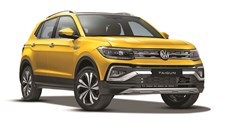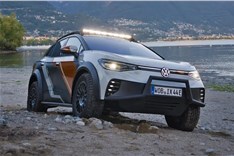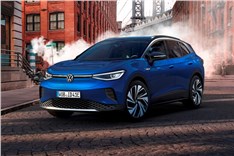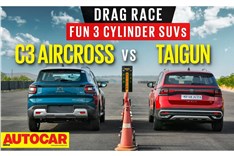You’ve taken over as head of the VW brand in India at a time when the company is languishing in this market. What’s your first task at hand?
I’ve set three key objectives for myself. The first one is to get to know my team; I’m responsible for sales and marketing here in India and my people are my biggest asset. Therefore, I’m becoming familiar with their way of working in order to give the best services to our customers. The second objective is to know the public. So I’m in talks with a lot of important people in order build a network. The third part is getting to know our dealers; understanding their issues, key business drivers and also the buying sentiment. Apart from these three priorities, I want to closely study customer demand, sales trends, and the topographical differences in buying pattern across the country.
The company’s sales figures are quite poor. So is driving up sales your biggest priority?
This year, so far, the Volkswagen brand grew by 19 percent and the total market grew by 9.4 percent. Yes (the base is still small) but it’s growing. But obviously market share of 1.7 percent is not enough for us as a brand, and this brand deserves more. So we need to work on the situation and fully exploit the potential we have in this country.
If Volkswagen is not successful in India, could it exit like GM did?
No. For us, the Indian market, in all its aspects, is a very important one. I should also tell you that Volkswagen, in its history, has never backed out of any country. Our brand Volkswagen, as well as the group, is very sustainable and good brands deliver a promise to their customer. General Motors is a different company and I won’t comment on their decision. They made an exit from a couple of other regions as well, but we are a global player and that means making diverse products and approaching different regions in different ways.
There was a lot of hope that the Tata-Volkswagen-Skoda alliance would have given you scale and products specific to this market. Now that Tata is not part of the future, what’s your strategy?
We had very interesting and constructive talks with Tata but found out that there was no suitable solution at that time. But there could be potential for future collaboration. Volkswagen is a very technology-focused and driven company and we have a lot of options on our table. So what we are doing now is evaluating our existing platforms and analysing what would be the best product proposition for this market.
Can we expect you to focus on the lower end of the market, such as small compact cars (on A00, A0 platform) and sub-four-metre cars?
As far as small cars are concerned, we went on the back foot because we stopped our concrete discussions with Tata. Small cars account for 90 percent of the Indian market and to be part of the market you need to be represented in the A00 and A0 segment (internally known in VW as subcompact and supermini segment). So we are looking into this. However, Volkswagen is a premium brand in India and the middle class is growing at a rapid pace. So we need to have products outside of the A00 and A0 platform as well to cater to the more affluent buyer, and we aim to do that with the Tiguan and the Passat.
Do you think profitability is a big challenge in very low margin, low cost structure market like India?
Of course, that is one challenge. But on the other side, there’s a big opportunity for us, because after four weeks on the job, there are customers willing to pay money for a premium product and our studies show that safety, for instance, is quickly gaining importance for the Indian customer. So, safety is definitely the differentiator for our brand. We have a minimum of two airbags in all our cars. However, at the end of the day, we have to find a balance to be profitable in this market.
What is your product strategy for the near-term?
We have just launched the Passat and we are analysing the market situation for further model expansion like we did in the past with Beetle, the GTI and Tiguan. Meanwhile, we are constantly improving our existing products; these continue to be on the PQ25 platform. This existing platform will be extended until we have something new but I can’t say for how long. That depends on the internal discussions but it’s really crucial for us to find the right solution for India. sink his teeth.











Comments
Member Login
Personal Details
No comments yet. Be the first to comment.